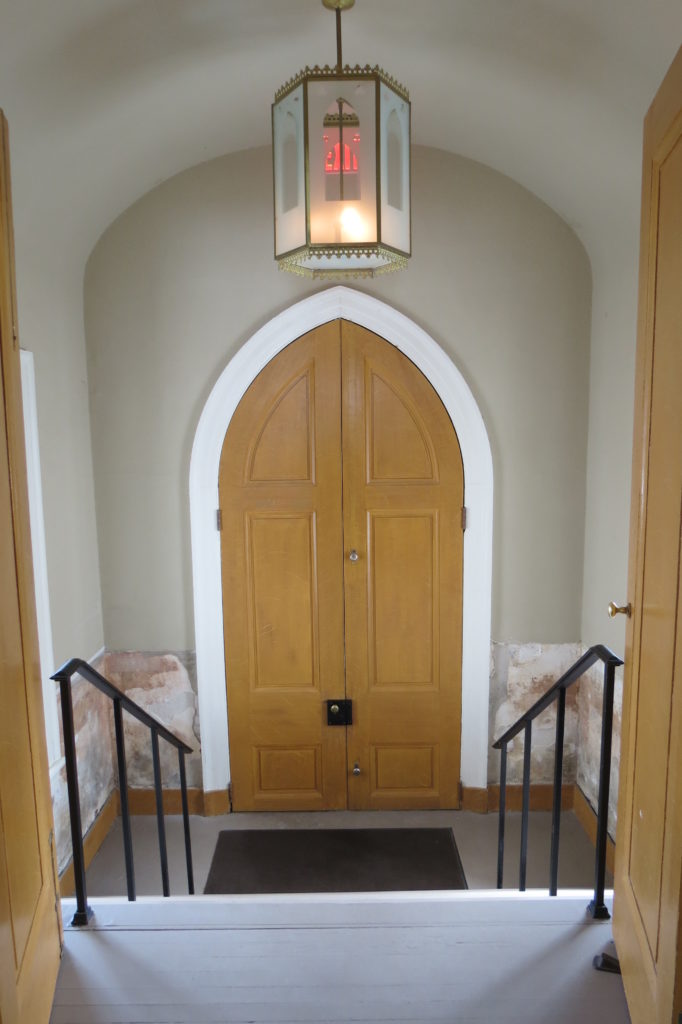It’s our 10-year anniversary year, and to celebrate, we’re rolling out lots of “top ten” lists. Since May is National Preservation Month, our Senior Preservationist Jeff Larry compiled a list of “10 Preservation Projects in 10 Years.”
Every home owner knows that home repair seems never-ending. Well, how about if your home is 175-years old, a National Monument and Historic Landmark? Over the ten years President Lincoln’s Cottage has been open to the public — not to mention the entire eight-year, $15 million restoration project before — there has constantly been work to preserve and restore properly Lincoln’s beloved home. And it’s not just the Cottage. We also steward the Robert H. Smith Visitor Education Center (VEC), an Italian Renaissance Revival style building, that houses our Museum Store, exhibits, and staff offices. Designed by William Poindexter, the structure was originally built in 1905 to serve as the Administration Building for the Soldiers’ Home. The VEC is also the first visitor center at a National Trust Historic Site to receive Leadership in Energy and Environmental Design (LEED) Certification from the U.S. Green Building Council. It received 44 credits, earning LEED Gold certification in April 2009.
Below are the top ten projects we’ve worked on here at the Cottage, in rough chronological order. We’ll try to keep it from being too jargon-y, but hey, it’s historic preservation, so sometimes there’s no way around it. So check out some definitions below each entry.
1. Repointing* of the Visitor Education Center (2010)
Repointing of all exterior mortar joints. A successful effort to prevent ongoing damage to interior surfaces caused by moisture intrusion through missing mortar.
*Repointing: Repointing is the process of renewing the pointing (mortar), which is the external part of mortar joints, in masonry construction. Over time, weathering and decay cause voids in the joints between masonry units, usually in bricks (or in the case of the VEC, marble and granite blocks) allowing the undesirable entrance of water. Water entering through these voids can cause significant damage through frost weathering and from salt dissolution and deposition.
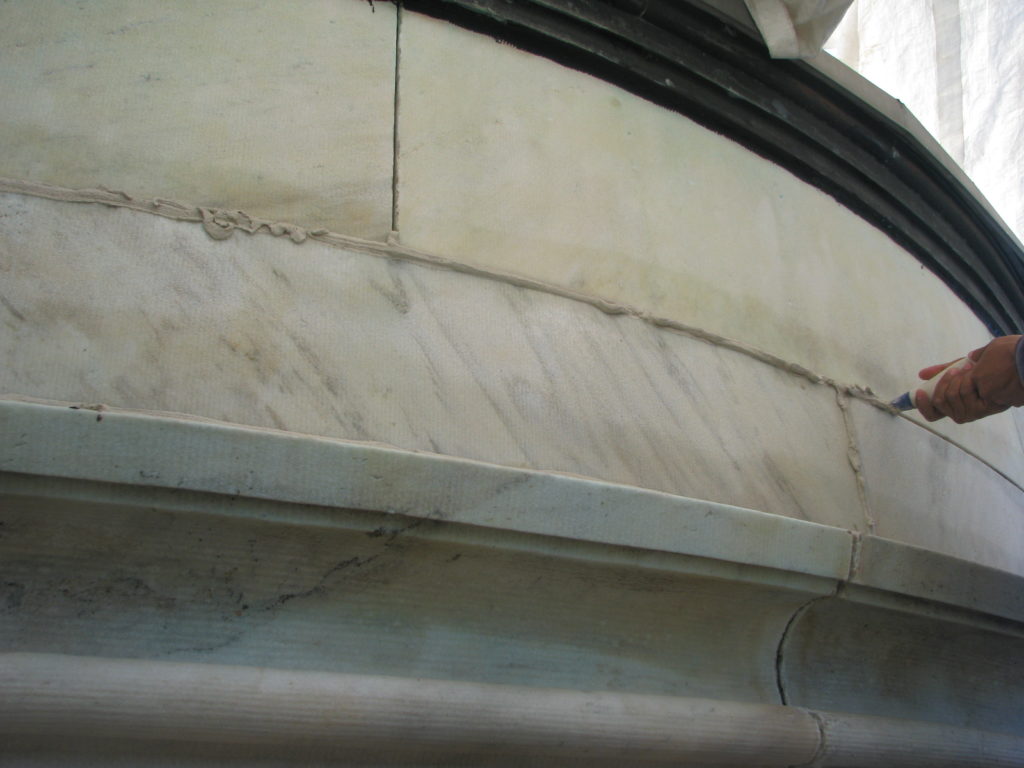
2. VEC Front Door (2010)
At some point in the mid-20th century the original main entryway and door to the VEC was replaced with an inferior red oak entryway and door. I made a new entryway and door using quarter sawn white oak and trim profiles and panels that matched the original.
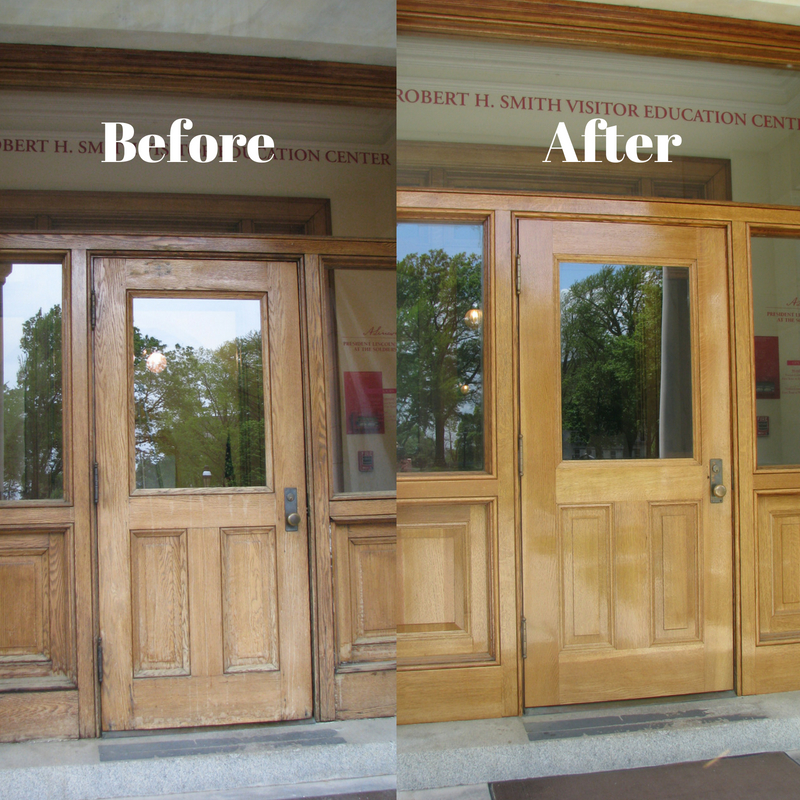
3. Cottage balcony restoration (2012)
Restoration of balcony framing, flooring, and cast iron.
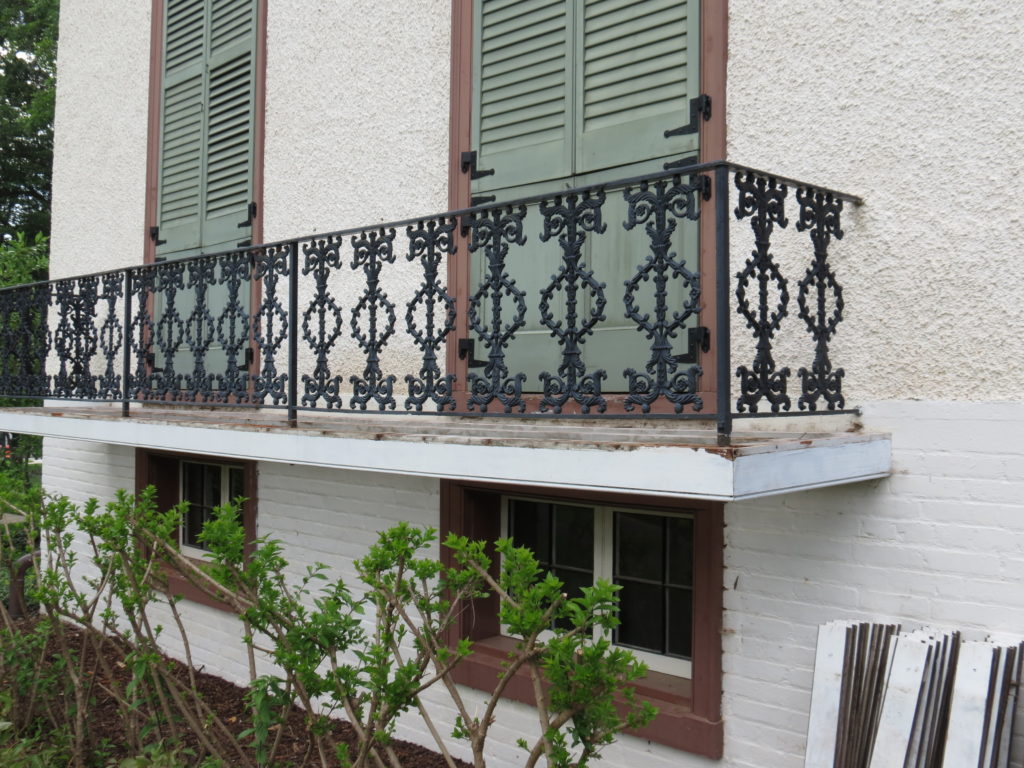
4. VEC Tile Roof (2014)
Install a green clay tile Ludowici roof* to match the original tile roof that was removed in the 1960s and replaced with asphalt shingles.
*Ludowici: Ludowici Roof Tile based in New Lexington, Ohio is a tile company that has been in continuous operation since 1888. The shingles are terracotta.
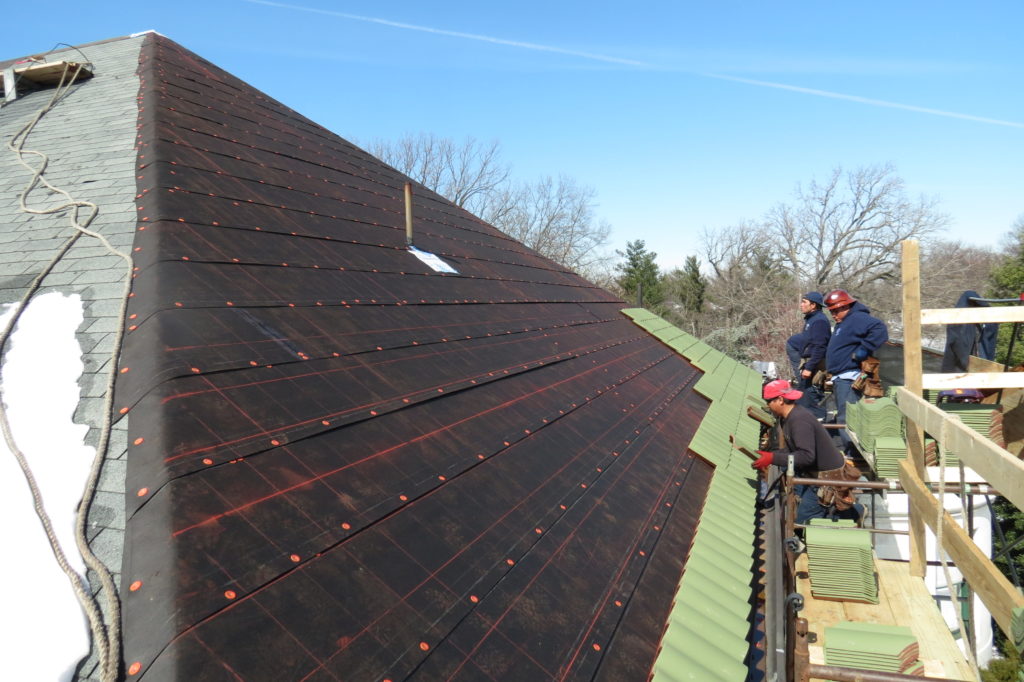
5. Exterior Painting of the Cottage (2014) and VEC (2017-2018)
The Cottage was last painted in 2005 and the VEC in 2007. All trim work and sash* were restored as needed. The brown paint on the Cottage was determined from paint analysis as the most likely color seen during Lincoln’s time.
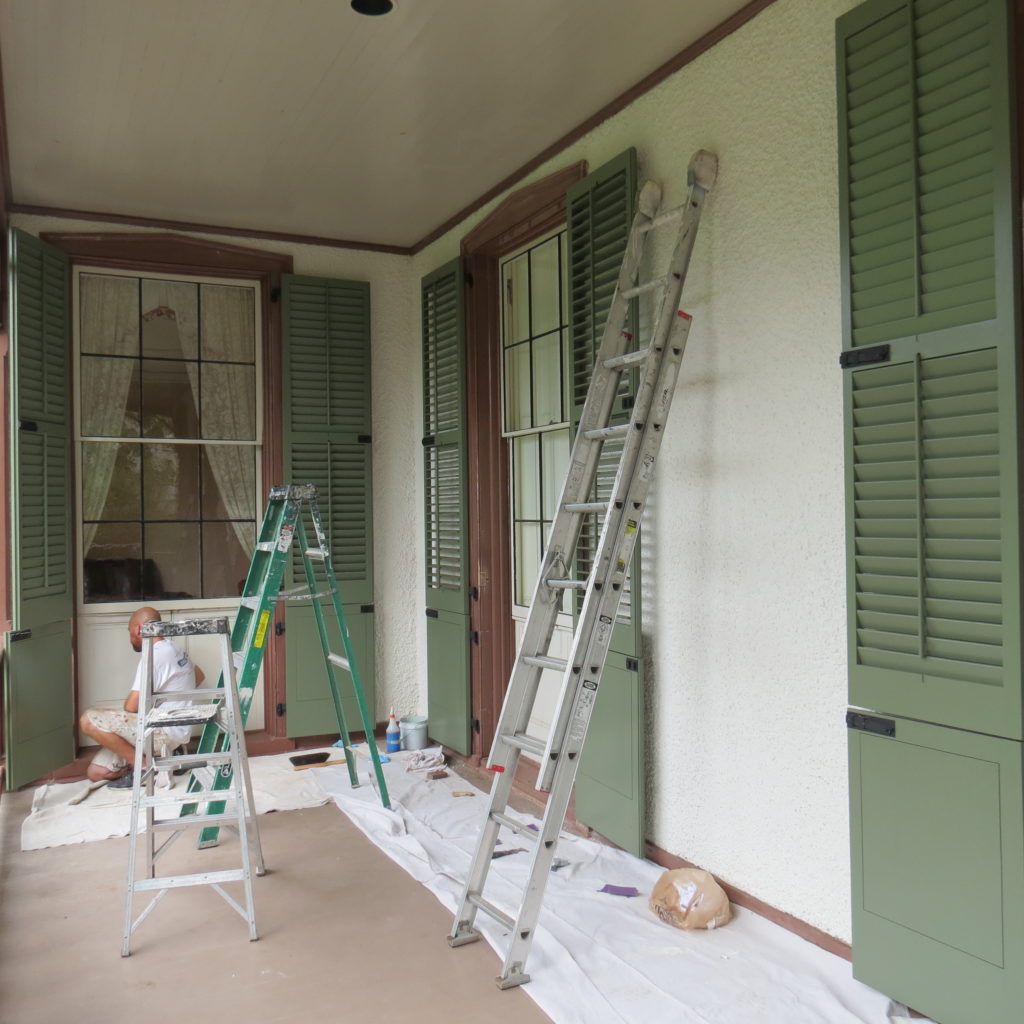
Paint analysis on the VEC showed a long history of paint finishes but the majority of them are a shade of green. We do not present the VEC as representing a particular time period (like we do in the Cottage) so Senior Preservationist Jeff Larry chose a shade of green that was similar to some of the earlier greens found in the paint analysis and was compatible with the other materials and finishes on the building.
*Sash: The moveable part of a window made up of the vertical and horizontal frame that holds the glass.
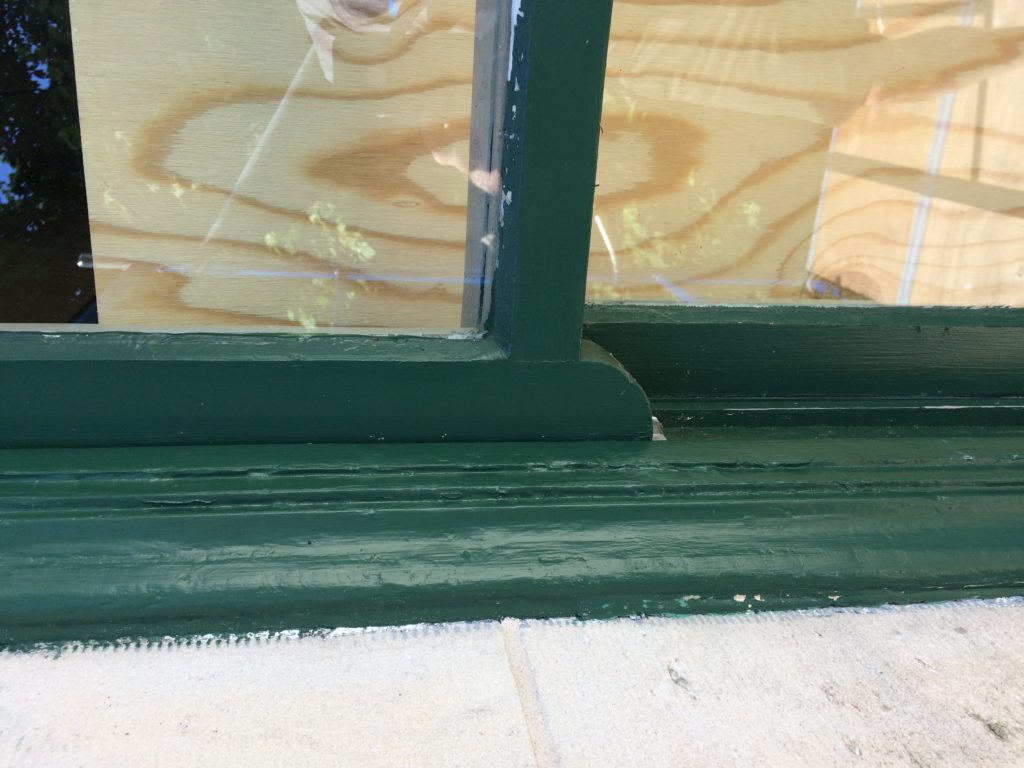
6. Cottage Limewash* (2014)
Apply limewash to Cottage roughcast stucco. Limewash is typically applied every 8-12 years. The Cottage had last received limewash when the stucco was applied in 2005.
Limewash: Type of paint made from slaked lime and chalk, sometimes known as “whiting” or “whitewash.”
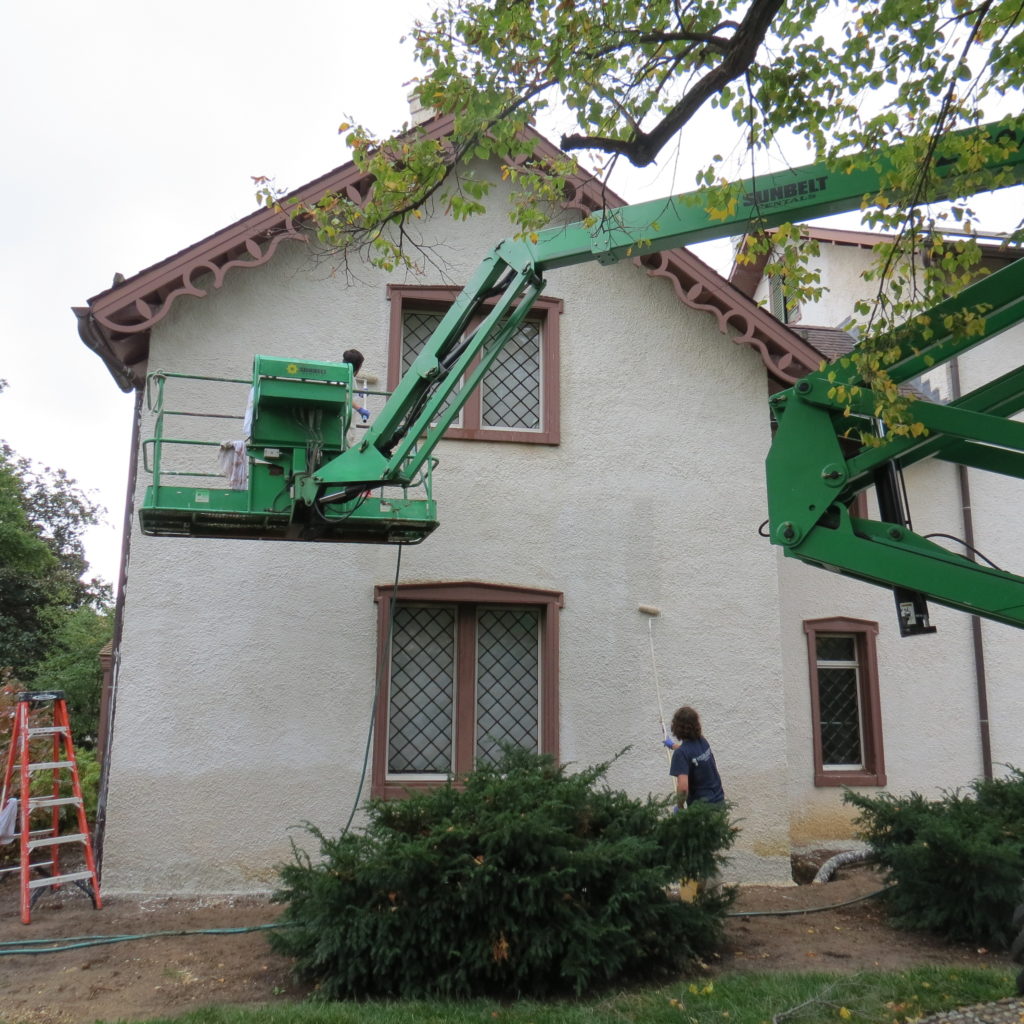
7. Chimney cap restoration (2014)
Restoration of Northwest, Southwest and Southeast chimney caps.
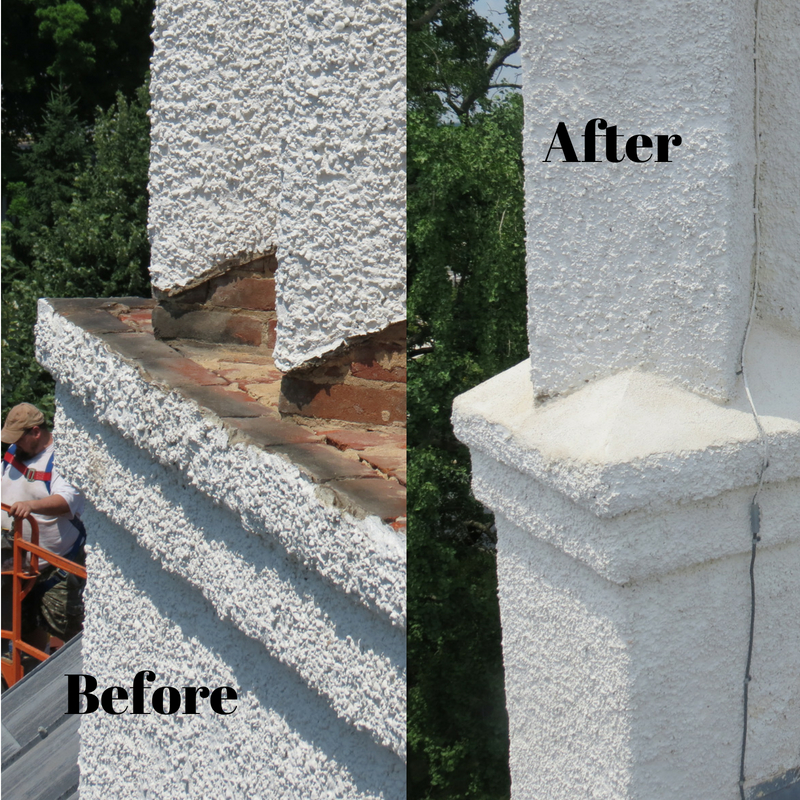
8. Bluestone watertable* (2015)
While regrading the north elevation to divert water away from the foundation, remnants of the original bluestone watertable were discovered. Missing pieces and cramps (to hold the stone in place) were reproduced and installed.
*Watertable: the level below which the ground is saturated with water.
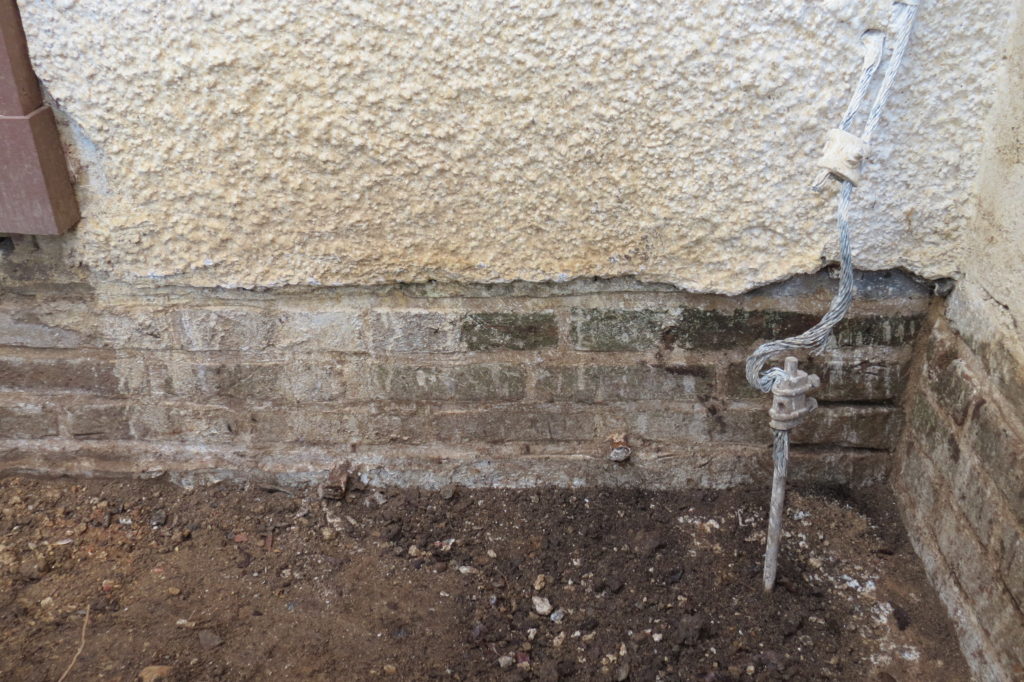
9. Cottage floor restoration in Emancipation Room and Library (2016)
Restore deteriorated flooring and refinish after removal of wall-to-wall coco matting.*
We raised the funds for an ethically-sourced, slavery-free carpet to replace it. Check out the campaign here.
*Coco matting: A coarse, traditional carpet or rug made from coconut plant fibers. Often golden or beige in color.
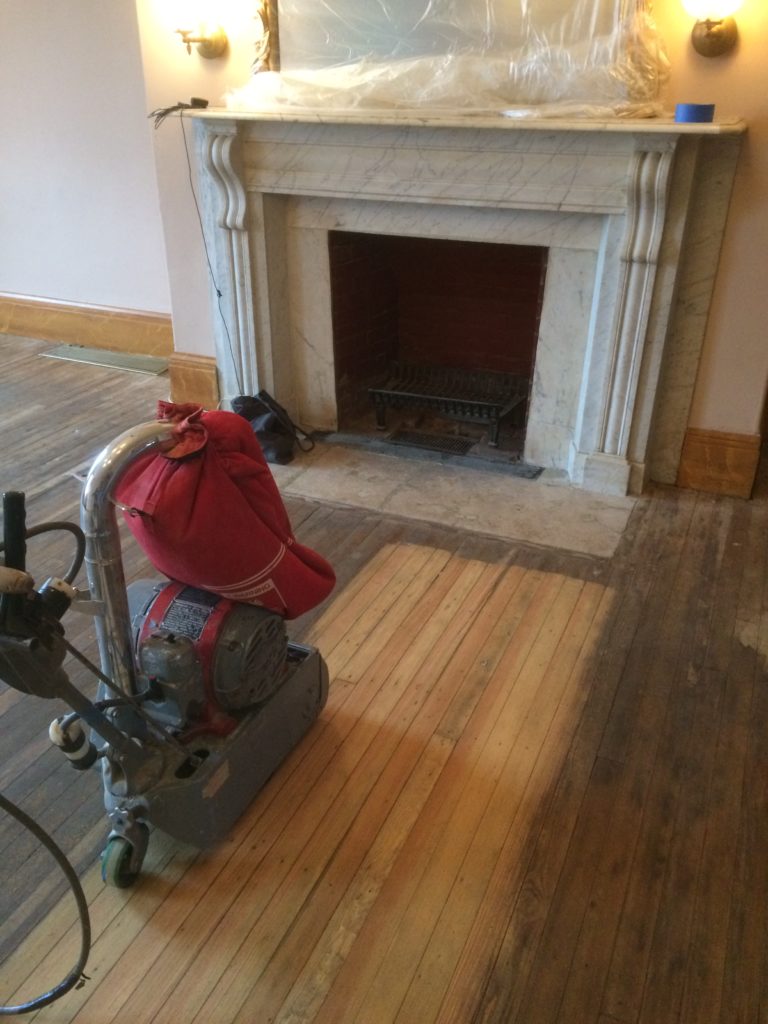
10. Cottage Vestibule (2009-ongoing)
Successful efforts to control moisture intrusion and preserve remnants of Lincoln-era plaster and decorative painting on the walls of the vestibule. Next step: Restore decorative painting
